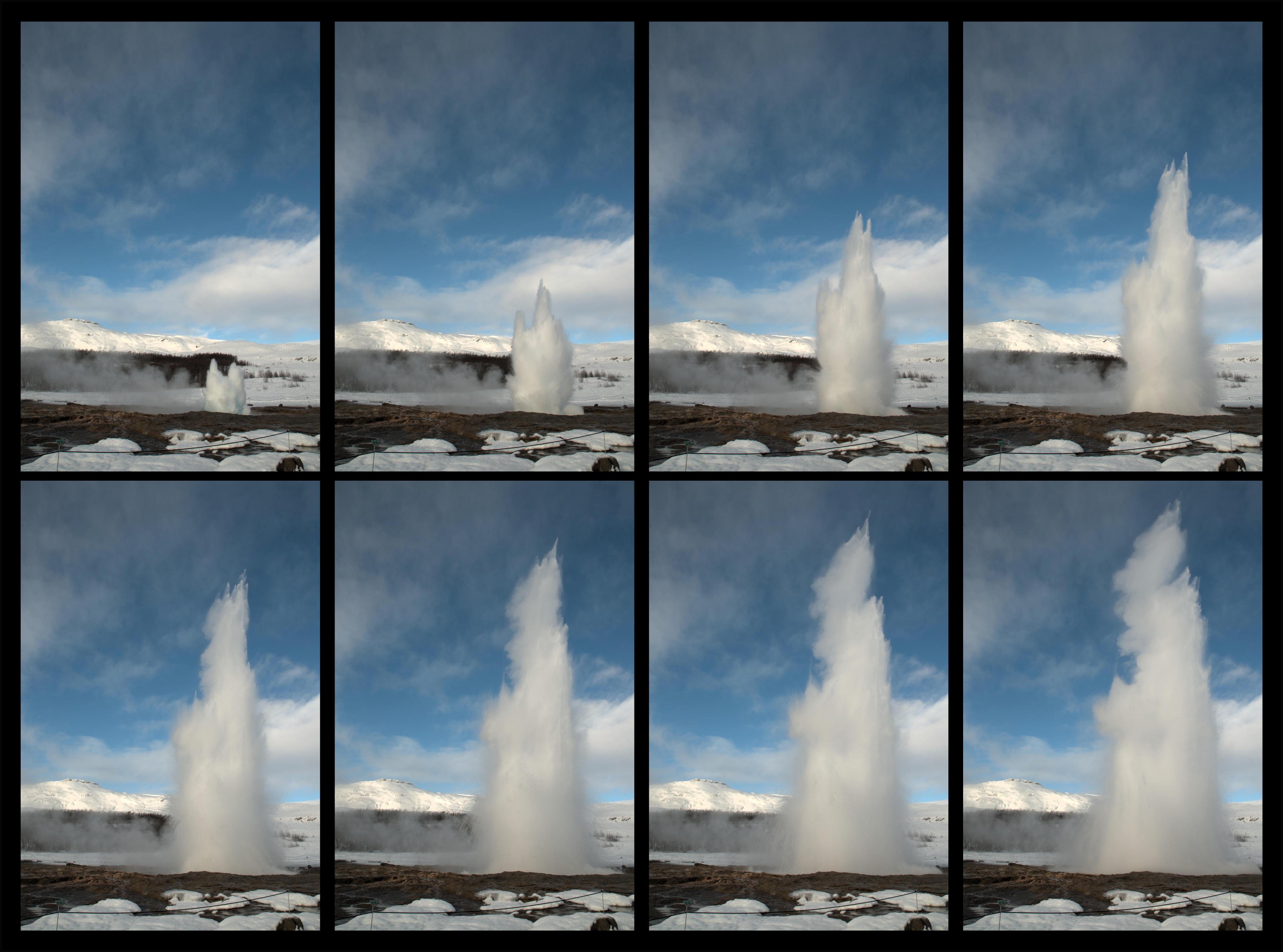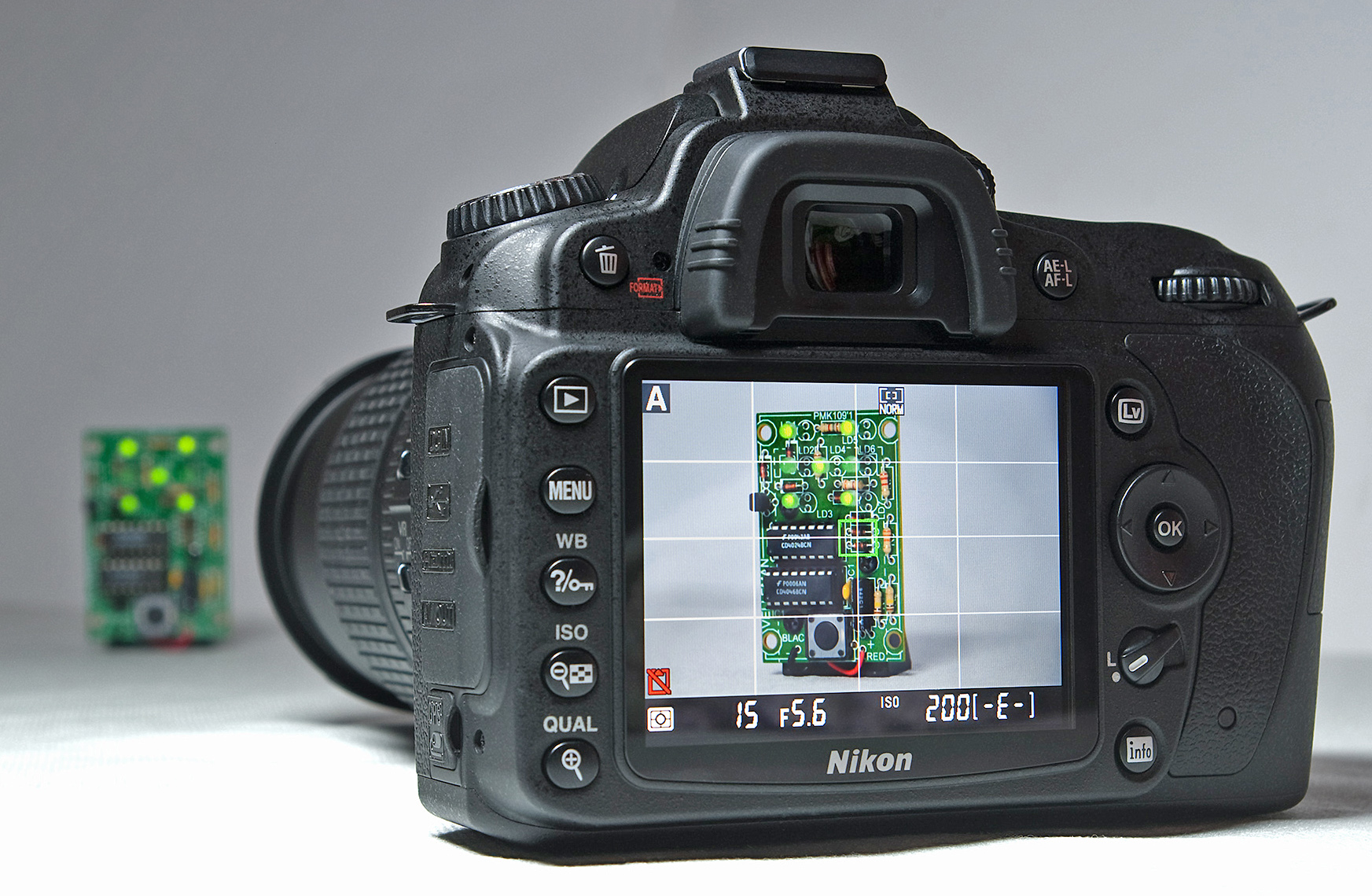|
Samsung GX-20
The Pentax K20D and its clone, the Samsung GX-20, are 14.6 megapixel digital single-lens reflex cameras manufactured by Pentax that were announced on January 23, 2008. The K20D was available in the U.S. market from February 2008 through autumn 2009. The K20D and GX-20 bodies were developed by Pentax, while the CMOS sensor was manufactured by Samsung - a result of a Pentax#Corporate cooperation and competition, partnership begun in 2005. Although both cameras share similar hardware, each camera has its own design, firmware, and image processing algorithms. The K20D is the first Pentax DSLR with a CMOS image sensor co-developed by Pentax and Samsung. Samsung's expertise in sensor design is seen as a major benefit to Pentax, which did not release Pentax *ist D, its first DSLR until 2003, when most other camera manufacturers had already established themselves in the growing digital SLR market. At the time of their release, the K20D and GX-20 had the highest resolution sensor in the AP ... [...More Info...] [...Related Items...] OR: [Wikipedia] [Google] [Baidu] |
Pentax
is a brand name used primarily by the Japanese multinational imaging and electronics company Ricoh for DSLR cameras, lenses, sport optics (including binoculars and rifle scopes), and CCTV optics. The Pentax brand is also used by Hoya Corporation for medical products & services, TI Asahi for surveying instruments, and Seiko Optical Products for certain optical lenses. Corporate history Early history The company was founded as Asahi Kogaku Goshi Kaisha in November 1919 by Kumao Kajiwara, at a shop in the Toshima suburb of Tokyo, and began producing spectacle lenses (which it still manufactures). In 1938 it changed its name to , and by this time it was also manufacturing camera/cine lenses. In the lead-up to World War II, Asahi Optical devoted much of its time to fulfilling military contracts for optical instruments. At the end of the war, Asahi Optical was disbanded by the occupying powers, being allowed to re-form in 1948. The company resumed its pre-war activities, manufactur ... [...More Info...] [...Related Items...] OR: [Wikipedia] [Google] [Baidu] |
Prosumer
A prosumer is an individual who both consumes and produces. The term is a portmanteau of the words '' producer'' and ''consumer''. Research has identified six types of prosumers: DIY prosumers, self-service prosumers, customizing prosumers, collaborative prosumers, monetised prosumers, and economic prosumers. The terms ''prosumer'' and ''prosumption'' were coined in 1980 by American futurist Alvin Toffler, and were widely used by many technology writers of the time. Technological breakthrough and a rise in user participation blurs the line between production and consumption activities, with the consumer becoming a prosumer. Definitions and contexts Prosumers have been defined as "individuals who consume and produce value, either for self-consumption or consumption by others, and can receive implicit or explicit incentives from organizations involved in the exchange." The term has since come to refer to a person using commons-based peer production. In the digital and online ... [...More Info...] [...Related Items...] OR: [Wikipedia] [Google] [Baidu] |
Pentax DA 18-55mm Lens
The SMC Pentax-DA 18-55mm f/3.5-5.6 AL lens is a standard zoom lens for the Pentax K-mount. It is often sold as a kit lens with Pentax digital SLR cameras and has a 35mm equivalent focal length of 27–82.5mm. Its optical formula is made of 12 elements in 9 groups. There are two variants of this lens: *SMC Pentax-DA 18-55mm 1:3.5-5.6 AL (first version of 18–55; LensType=252) *Samsung D-XENON 18-55mm 1:3.5-5.6 AL (Schneider Kreuznach branded variant; supplied with Samsung GX-series DSLRs; LensType=246) A new optical formula (11 elements in 8 groups) was introduced in 2008 and exists in five variants: *SMC Pentax-DA 18-55mm 1:3.5-5.6 AL II (revised version with greater sharpness; LensType=229) *Samsung D-XENON 18-55mm 1:3.5-5.6 AL II (Schneider Kreuznach Schneider Kreuznach () is the abbreviated name of the company Jos. Schneider Optische Werke GmbH, which is sometimes also simply referred to as Schneider. They are a manufacturer of industrial and photographic optics. The co ... [...More Info...] [...Related Items...] OR: [Wikipedia] [Google] [Baidu] |
Suggested Retail Price
The list price, also known as the manufacturer's suggested retail price (MSRP), or the recommended retail price (RRP), or the suggested retail price (SRP) of a product is the price at which its manufacturer notionally recommends that a retailer sell the product. Suggested pricing methods may conflict with competition theory, as they allow prices to be set higher than would be established by supply and demand. Resale price maintenance—fixing prices—goes further than suggesting prices, and is illegal in many countries. Retailers may charge less than the suggested retail price, depending upon the actual wholesale cost of each item, usually purchased in bulk from the manufacturer, or in smaller quantities through a distributor. The suggested price is sometimes unrealistically high, so the seller can appear to be offering a discount. List price often cannot be compared directly internationally as products may differ in detail, sometimes due to different regulations, and list ... [...More Info...] [...Related Items...] OR: [Wikipedia] [Google] [Baidu] |
Defective Pixel
A defective pixel is a pixel on a liquid crystal display (LCD) that is not functioning properly. The ISO standard ISO 13406-2 distinguishes between three different types of defective pixels, while hardware companies tend to have further distinguishing types.Apple Technician Training Similar defects can also occur in charge-coupled device (CCD) and CMOS image sensors in digital cameras. In these devices, defective pixels fail to ''sense'' light levels correctly, whereas defective pixels in LCDs fail to ''reproduce'' light levels correctly. Types Dark dot defect A dark dot defect is usually caused by a transistor in the transparent electrode layer that is stuck "on" for TN panels or "off" for MVA, PVA, and IPS panels. In that state, the transistor places the liquid crystal material so that no light ever passes through to the RGB layer of the display. Bright dot defect A bright dot defect or hot pixel is a group of three sub-pixels (one pixel) all of whose transistors ... [...More Info...] [...Related Items...] OR: [Wikipedia] [Google] [Baidu] |
Noise Reduction
Noise reduction is the process of removing noise from a signal. Noise reduction techniques exist for audio and images. Noise reduction algorithms may distort the signal to some degree. Noise rejection is the ability of a circuit to isolate an undesired signal component from the desired signal component, as with common-mode rejection ratio. All signal processing devices, both analog and digital, have traits that make them susceptible to noise. Noise can be random with an even frequency distribution (white noise), or frequency-dependent noise introduced by a device's mechanism or signal processing algorithms. In electronic systems, a major type of noise is ''hiss'' created by random electron motion due to thermal agitation. These agitated electrons rapidly add and subtract from the output signal and thus create detectable noise. In the case of photographic film and magnetic tape, noise (both visible and audible) is introduced due to the grain structure of the medium. In photog ... [...More Info...] [...Related Items...] OR: [Wikipedia] [Google] [Baidu] |
X-sync
In photography, flash synchronization or flash sync is the synchronizing the firing of a photographic flash with the opening of the shutter admitting light to photographic film or electronic image sensor. In cameras with mechanical (clockwork) shutters synchronization is supported by an electrical contact within the shutter mechanism, which closes the circuit at the appropriate moment in the shutter opening process. In electronic digital cameras, the mechanism is usually a programmable electronic timing circuit, which may, in some cameras, take input from a mechanical shutter contact. The flash is connected electrically to the camera either by a cable with a standardised coaxial PC (for Prontor/Compur) 3.5 mm (1/8") connector (as defined in ISO 519), or via contacts in an ''accessory mount'' (hot shoe) bracket. Faster shutter speeds are often better when there is significant ambient illumination, and flash is used to flash fill subjects that are backlit without moti ... [...More Info...] [...Related Items...] OR: [Wikipedia] [Google] [Baidu] |
Exposure Value
In photography, exposure value (EV) is a number that represents a combination of a camera's shutter speed and f-number, such that all combinations that yield the same exposure have the same EV (for any fixed scene luminance). Exposure value is also used to indicate an interval on the photographic exposure scale, with a difference of 1 EV corresponding to a standard power-of-2 exposure step, commonly referred to as a stop. The EV concept was developed by the German shutter manufacturer in the 1950s ( Gebele 1958; Ray 2000, 318). Its intent was to simplify choosing among equivalent camera exposure settings by replacing combinations of shutter speed and ''f''-number (e.g., 1/125 s at ''f''/16) with a single number (e.g., 15). On some lenses with leaf shutters, the process was further simplified by allowing the shutter and aperture controls to be linked such that, when one was changed, the other was automatically adjusted to maintain the same exposure. This was especially h ... [...More Info...] [...Related Items...] OR: [Wikipedia] [Google] [Baidu] |
Dynamic Range
Dynamic range (abbreviated DR, DNR, or DYR) is the ratio between the largest and smallest values that a certain quantity can assume. It is often used in the context of signals, like sound and light. It is measured either as a ratio or as a base-10 ( decibel) or base-2 (doublings, bits or stops) logarithmic value of the difference between the smallest and largest signal values. Electronically reproduced audio and video is often processed to fit the original material with a wide dynamic range into a narrower recorded dynamic range that can more easily be stored and reproduced; this processing is called dynamic range compression. Human perception The human senses of sight and hearing have a relatively high dynamic range. However, a human cannot perform these feats of perception at both extremes of the scale at the same time. The human eye takes time to adjust to different light levels, and its dynamic range in a given scene is actually quite limited due to optical glare. T ... [...More Info...] [...Related Items...] OR: [Wikipedia] [Google] [Baidu] |
Autofocus
An autofocus (or AF) optical system uses a sensor, a control system and a motor to focus on an automatically or manually selected point or area. An electronic rangefinder has a display instead of the motor; the adjustment of the optical system has to be done manually until indication. Autofocus methods are distinguished as active, passive or hybrid types. Autofocus systems rely on one or more sensors to determine correct focus. Some AF systems rely on a single sensor, while others use an array of sensors. Most modern SLR cameras use through-the-lens optical sensors, with a separate sensor array providing light metering, although the latter can be programmed to prioritize its metering to the same area as one or more of the AF sensors. Through-the-lens optical autofocusing is usually speedier and more precise than manual focus with an ordinary viewfinder, although more precise manual focus can be achieved with special accessories such as focusing magnifiers. Autofocus accu ... [...More Info...] [...Related Items...] OR: [Wikipedia] [Google] [Baidu] |
Burst Mode (photography)
Burst mode, also called continuous shooting mode, sports mode, continuous mode, or burst shot, is a shooting mode in still cameras where several photos are captured in quick succession by either pressing the shutter button or holding it down. This is used mainly when the subject is in successive motion, such as sports photography. The photographer can then select the best image of the group or arrange them in a sequence to study the transitions in detail. Details The speed at which successive photographs can be captured depends on several factors, but mainly on the processing power of the camera. Disabling certain features such as post processing which the camera applies automatically after capturing each image will usually allow a faster rate of capture. While some cheaper point and shoot cameras may have a multi-image burst function which allows them to capture a number of frames within a second with a single shutter button press, most film and digital SLR cameras will con ... [...More Info...] [...Related Items...] OR: [Wikipedia] [Google] [Baidu] |
Live Preview
Live preview is a feature that allows a digital camera's display screen to be used as a viewfinder. This provides a means of previewing framing and other exposure before taking the photograph. In most such cameras, the preview is generated by means of continuously and directly projecting the image formed by the lens onto the main image sensor. This in turn feeds the electronic screen with the live preview image. The electronic screen can be either a liquid crystal display (LCD) or an electronic viewfinder (EVF). Background The concept for cameras with live preview largely derives from electronic (video) TV cameras. Until 1995 most digital cameras did not have live preview, and it was more than ten years after this that the higher end digital single-lens reflex cameras (DSLR) adopted this feature, as it is fundamentally incompatible with the swinging-mirror single-lens reflex mechanism. The first digital still camera with an LCD for autogain framing live preview was the ... [...More Info...] [...Related Items...] OR: [Wikipedia] [Google] [Baidu] |







